Notice: Below is a list of 0 important links included on this page.
Please note that while screen readers have made significant strides, they may still lack full support for optimal web accessibility.
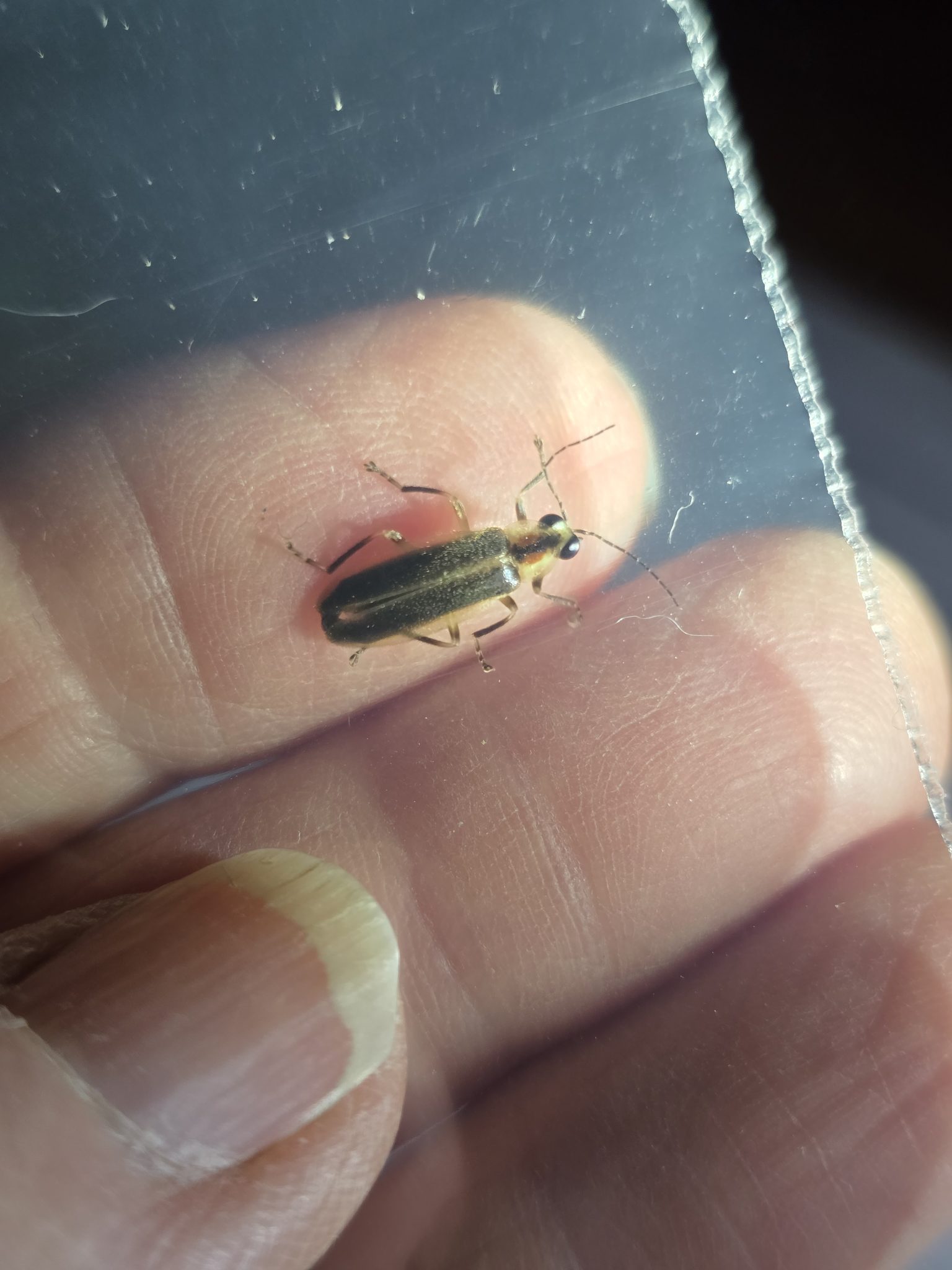
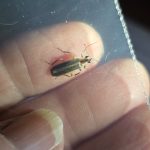
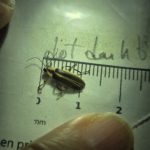
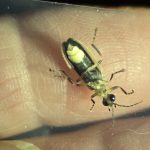
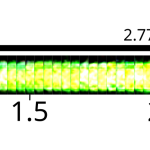
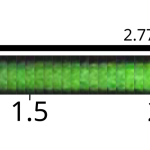
You must be logged in to post a comment.
This is a project of the Xerces Society, working in collaboration with the IUCN SSC Firefly Specialist Group and New Mexico BioPark Society.
Copyright © 2025 The Xerces Society •1631 NE Broadway Street, #821 • Portland OR 97232 USA
Great observation, and very nice documentation! Very neat how you captured the dot dash flash pattern with the video stills.
I am verifying this as Photuris pensylvanica, based on the mid-Atlantic, wetland locality; the relatively small size; the dark hind coxae; and the dot-dash flash pattern. This is with the caveat that there is still a lot we don’t know about species delineations in this species complex, and the further you stray from the type locality and habitat, the less confident you can be when putting names to Photuris.